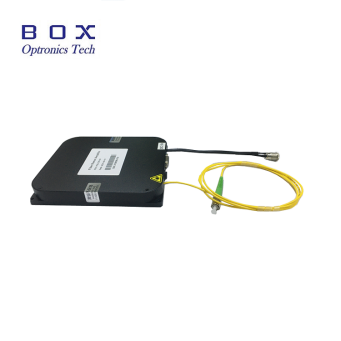
Ultra-narrow linewidth lasers are laser light sources with extremely narrow spectral linewidths, typically reaching the kHz or even Hz range, far smaller than conventional lasers (typically in the MHz range). Their core principle is to suppress laser frequency noise and linewidth broadening through various technical means, thereby achieving extremely high monochromaticity and frequency stability.

Like conventional lasers, ultra-narrow linewidth lasers are based on the principle of stimulated emission of radiation and consist of a gain medium, a resonant cavity, and a pump source. The gain medium undergoes population inversion under the action of the pump source, and laser oscillation is generated through the frequency selection of the resonant cavity.
Ultra-long Resonant Cavity Design: By increasing the resonant cavity length (e.g., using a ring cavity or fiber ring cavity), the longer optical path improves frequency selectivity and suppresses off-resonant frequency components.
High-Q Resonant Cavity: Using low-loss optical components (such as ultra-low-loss fiber and high-reflectivity lenses) to construct a high-quality (Q) resonant cavity reduces linewidth broadening caused by intracavity losses. Active frequency stabilization technology: Using phase-locked loop (PLL) and Pound-Drever-Hall (PDH) techniques, the laser frequency is locked to a high-stability reference standard (such as atomic transition lines, Fabry-Perot etalons, and fiber Bragg gratings), compensating for frequency drift in real time.
Noise source suppression: A low-noise pump source, temperature control, and shock-resistant design are used to reduce interference with the laser frequency from external factors such as mechanical vibration, temperature fluctuations, and current noise.
Box Optronics can provide 1064nm and 1550nm Ultra-Narrow Linewidth ≤ 3 kHz CW Fiber Laser.
Copyright @ 2020 Shenzhen Box Optronics Technology Co., Ltd. - China Fiber Optic Modules, Fiber Coupled Lasers Manufacturers, Laser Components Suppliers All Rights Reserved.